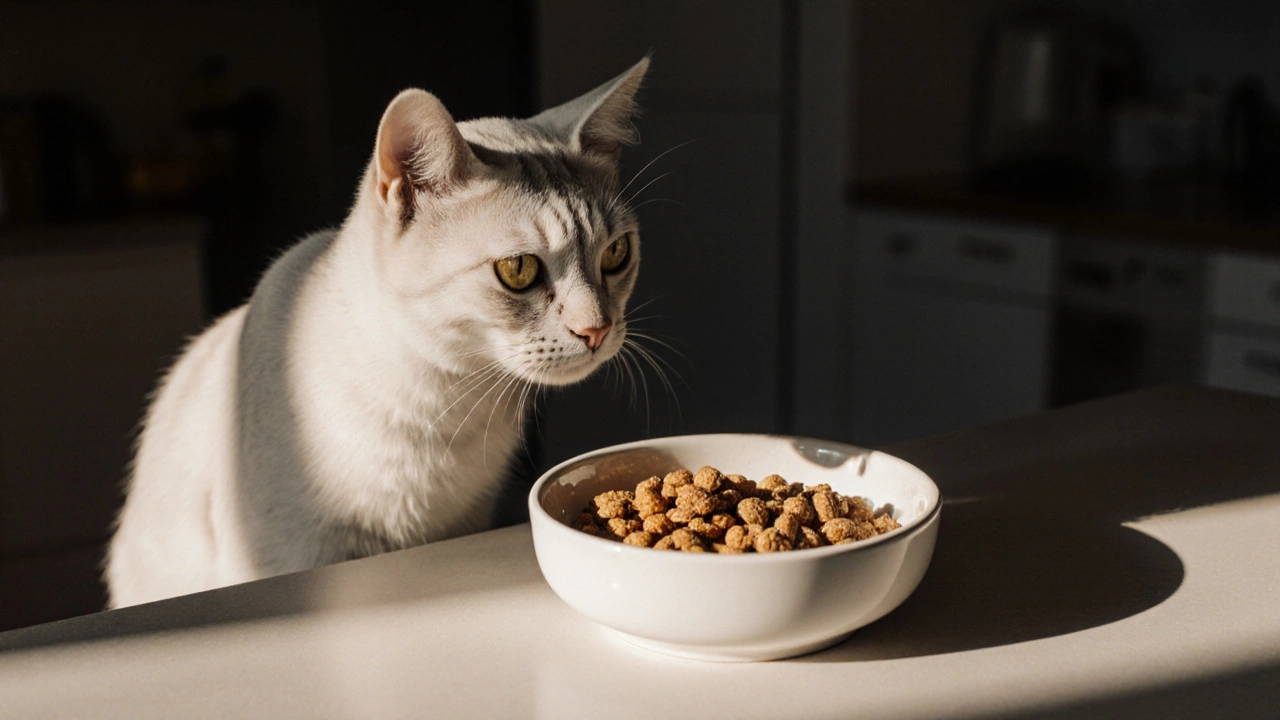Cat Food Combination: How to Mix Dry and Wet Food for a Happy, Healthy Cat
When talking about cat food combination, the practice of mixing dry kibble with wet canned meals to meet a cat's nutritional needs. Also known as mixed cat diet, this approach aims to give cats the convenience of dry food and the moisture boost of wet food. Understanding cat nutrition, the balance of protein, fat, vitamins and minerals a cat needs daily helps you pick the right blend. You’ll also hear about dry cat food, kibble that stays stable on shelves and supports dental health and wet cat food, canned meals that add moisture and often higher protein. Together they form a cat food combination that can keep your feline thriving.
Why Mix? The Benefits of Combining Dry and Wet Food
Mixing gives you three main wins. First, the moisture from wet food combats dehydration, especially for indoor cats who might not drink enough water. Second, the texture variety satisfies picky eaters and encourages regular eating habits. Third, dry food’s crunch helps reduce plaque build‑up, supporting dental health. These benefits create a clear semantic triple: cat food combination requires proper moisture intake, dry cat food supports dental health, and wet cat food enhances hydration. By planning a mix, you address both immediate taste preferences and long‑term health goals.
Choosing the right ratio isn’t one‑size‑fits‑all. A common starting point is 75% dry to 25% wet for adult cats, adjusting based on activity level, age, and any health issues. Kittens usually need more wet food because of higher water needs and tender mouths. Senior cats may benefit from a higher wet percentage to help with kidney function. This ties into the entity cat feeding schedule, the timing and frequency of meals throughout the day. A consistent schedule stabilizes blood sugar and keeps digestion smooth, whether you feed once or twice daily.
Ingredient quality matters as much as the mix ratio. Look for real animal protein as the first ingredient in both dry and wet options. Avoid excessive fillers like corn or wheat that add calories without nutrition. If you’re eyeing a grain‑free line, make sure the alternative carbs come from peas or sweet potatoes, which provide fiber. The micro‑nutrient profile—taurine, omega‑3 fatty acids, and antioxidants—should meet the standards set by reputable pet nutrition bodies. This link between cat nutrition and ingredient selection forms another semantic triple: high‑quality protein supports muscle health, while adequate taurine prevents heart issues.
Portion control is the final piece of the puzzle. Over‑feeding leads to obesity, which strains joints and shortens lifespan. Most dry brands list a daily gram amount based on ideal body weight; wet cans show calories per serving. Use a kitchen scale or measuring cup to stay accurate, especially when you’re mixing foods. If your cat is gaining weight, shift the ratio toward a lower‑calorie dry kibble or increase the wet portion with a lean protein formula. Monitoring weight weekly helps you tweak the mix before problems arise.
All these factors—moisture, texture, nutrition, schedule, ingredients, and portions—combine to create a well‑rounded cat food combination. Below you’ll find a curated list of articles that dive deeper into each aspect, from choosing the best dry kibble to mastering feeding schedules, so you can fine‑tune the perfect mix for your furry friend.
Posted By Bryndle Redding On 8 Oct 2025 Comments (0)
Mixing Wet and Dry Cat Food: Benefits, Risks & How‑to Guide
Learn if you can safely mix wet and dry food for your cat, the benefits, the right ratios, and common pitfalls in this practical guide.
READ MORE